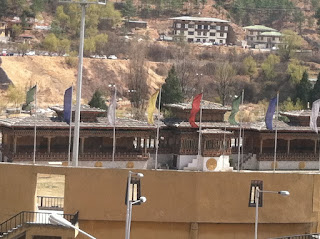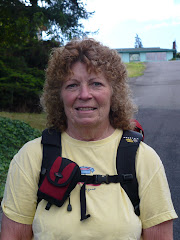



Cameras cannot do justice to valleys so deep that light barely trickles in as we, the strangers, look down but move upward, stretching to reach the top. Our lenses are no better than those of our equipment at trying to pick up the animals and birds in the undergrowth. Occasionally we sight the icy waterfalls, the snowy traces of yesterdays moisture or the dust announcing the arrival of another Yak train, but for the most part the valleys own their own beauty and we are silenced by the vastness of their depth and the secrets that reside therein.














































